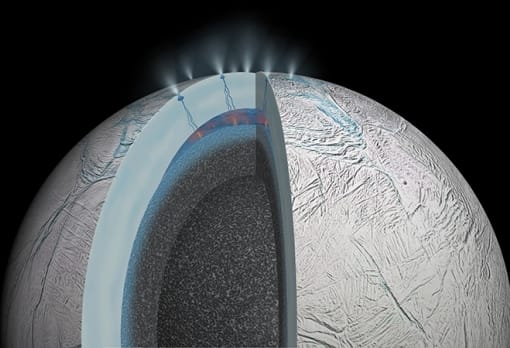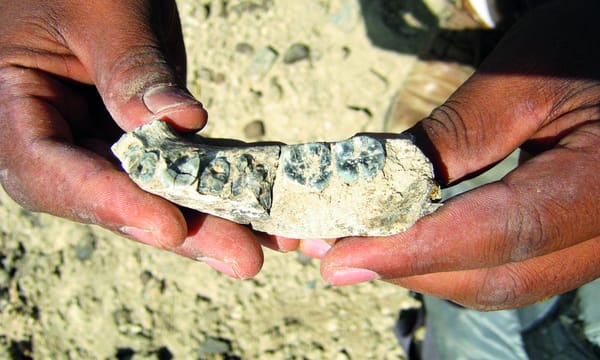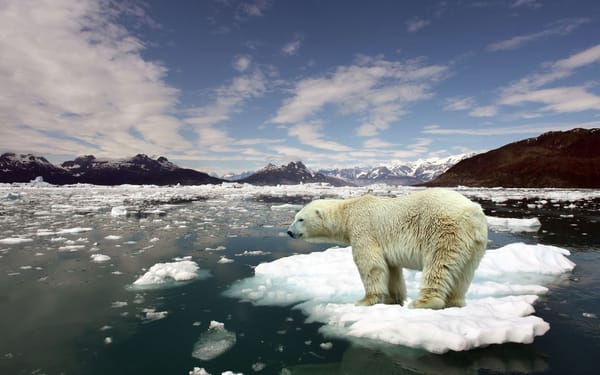Warm oceans found on Saturn’s moon Enceladus
Researchers studied tiny grains of rock to determine their hydrothermal origins at the core of the icy moon

Microscopic grains of silicon-rich rock detected by NASA’s Cassini spacecraft have provided the first clear evidence of hydrothermal activity occurring outside our planet. A four-year analysis of data from Cassini’s instruments, alongside laboratory experiments and computer modelling, was published in Nature this week by scientists at the University of Colorado Boulder.
The Cosmic Dust Analyser (CDA) instrument has been detecting tiny rock particles for a number of years, as Cassini orbits Saturn and its moons. Data from the mass spectrometer showed that they are primarily composed of silica, which is commonly found on Earth as quartz or sand. The size of the particles, which range from 2 to 9 nanometres in radius suggested that they were created by a specific process.
A very specific range of conditions is required for particles of this type to form on Earth. Silica particles are created when water with less than 4% salinity, high levels of silica and a pH between 8.5 and 10 undergo a large temperature drop from an initial high of around 90°C. The researchers believe that this process is also occurring on the floor of Enceladus’ oceans, where hot water at the rocky core of the moon comes into contact with cooler waters above.
The seawater permeates and interacts chemically with the crust of porous rock at the ocean bottom, forming new minerals. The solution then travels through a region of colder water before being carried up to the surface, where the silica is expelled in Enceladus’ ice geysers.
“It’s very exciting that we can use these tiny grains of rock, spewed into space by geysers, to tell us about conditions on – and beneath – the ocean floor of an icy moon,” said the paper’s lead author Sean Hsu, a Research Associate at CU-Boulder’s Laboratory for Atmospheric and Space Physics (LASP).
“We’ve known from quite early on that Enceladus was the source of the material in Saturn’s [outermost] ring… based on the ring’s composition, although we didn’t know the exact mechanism for the material transfer”. Ongoing geological activity on Enceladus, which is Saturn’s sixth-largest moon, was first detected by Cassini in 2005. Geysers 125 miles tall spray water ice and vapour, salts and other organic materials into space from warm cracks on the moon’s surface.
The 6 mile deep ocean that is now understood to generate these particles is also believed to contain a variety of chemicals associated with the development of Earth-like life, including carbon dioxide, nitrogen and methane. This latest study adds to the tantalising body of evidence indicating that environments which can support living organisms could possibly be found on one of Saturn’s moons.
“These findings add to the possibility that Enceladus, which contains a subsurface ocean and displays remarkable geologic activity, could contain environments suitable for living organisms,” said astronaut John Grunsfeld, associate administrator of NASA’s Science Mission Directorate in Washington. “The locations in our solar system where extreme environments occur in which life might exist may bring us closer to answering the question: are we alone in the Universe”.
DOI: 10.1038/nature14262










